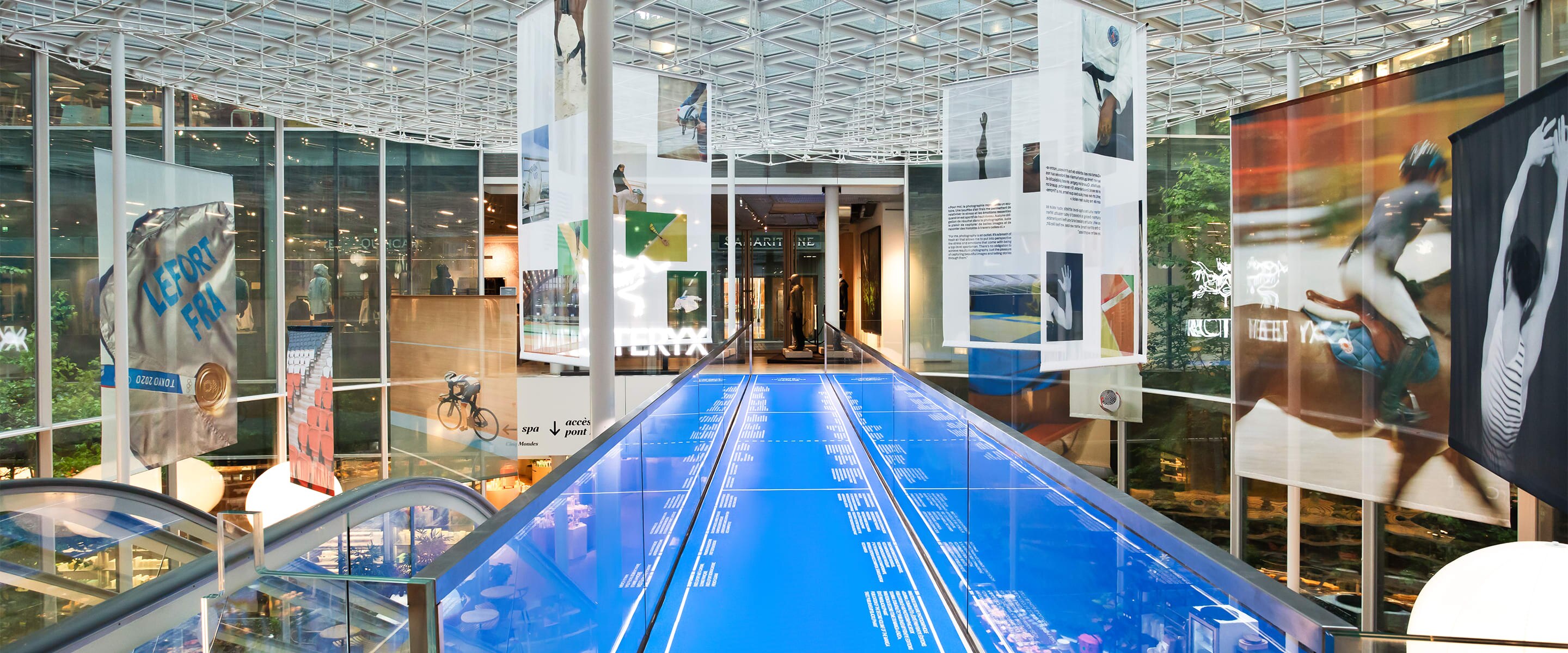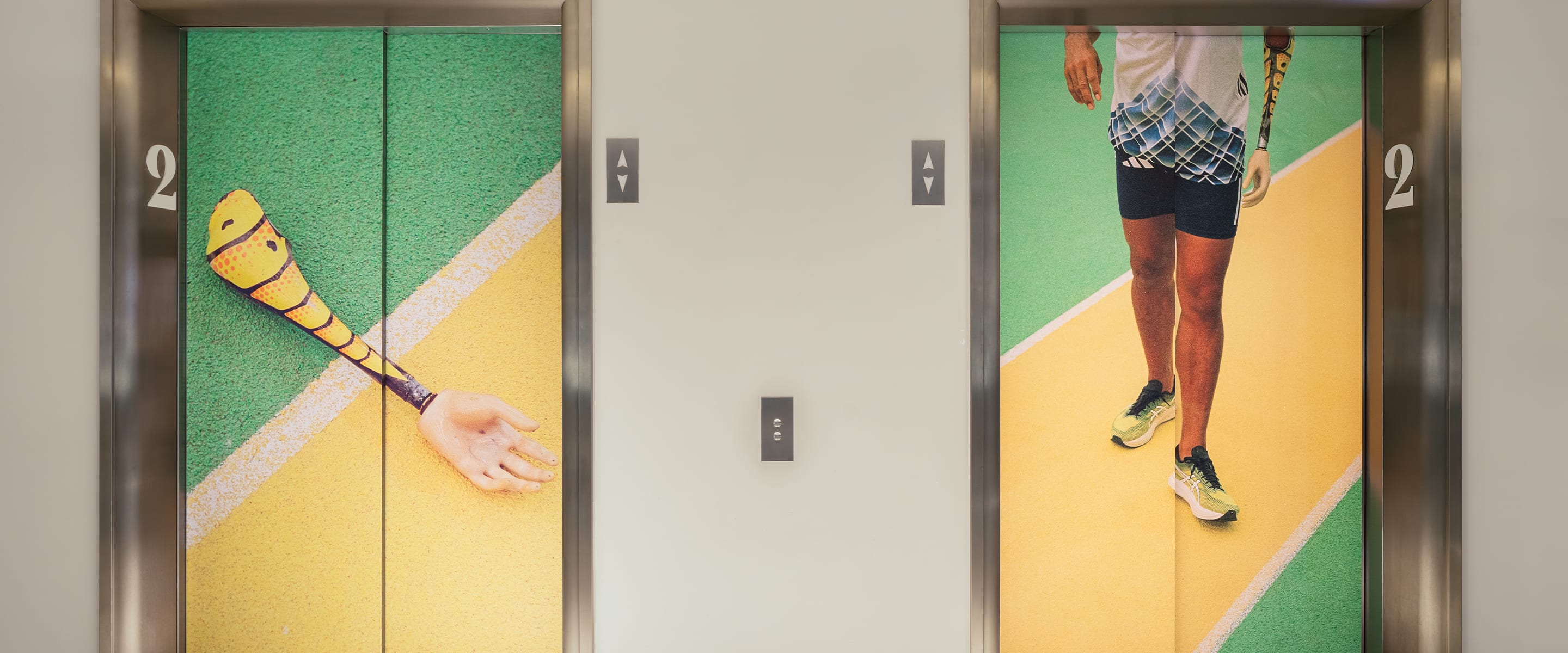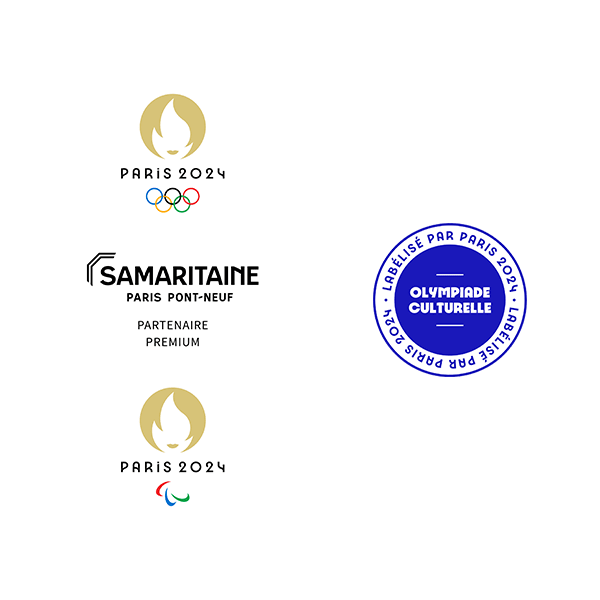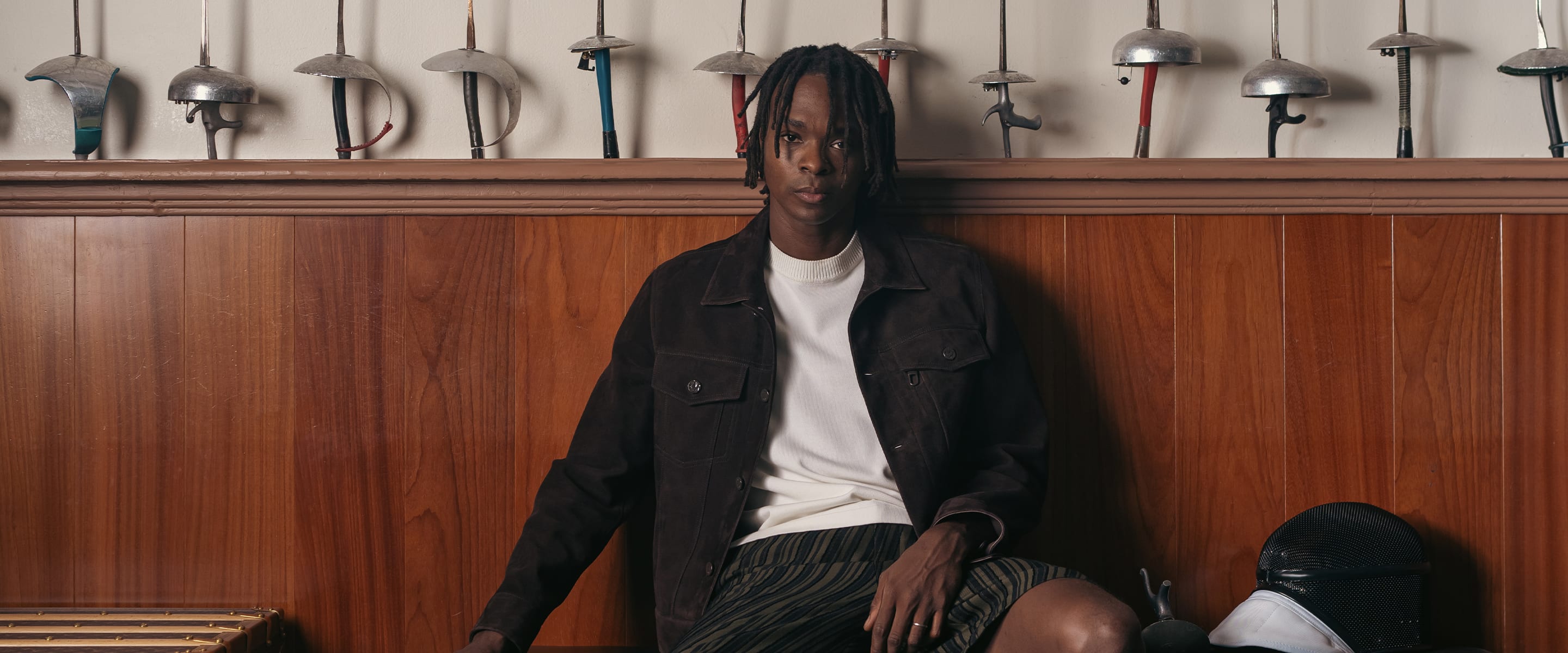The French fencer is not just a top-level athlete. He's also a photographer who captures behind-the-scenes shots taken at competitive events. These have been compiled in his book, Journal d'un Athlète, due for release on June 5 by Fisheye Éditions, and available at Samaritaine. In the meantime, he’s exhibiting his images in the department store and tells us here about his many passions.
How did you get into photography?
In 2014, I started with digital. As I do a lot of traveling thanks to sport, I started taking a lot of photos on my trips but quickly got tired of sorting through them all. In 2018, I went back to it but this time using film. Consequently, my work improved as it forced me to be more demanding and to make choices. And I like the way it looks, with its distinctive grain.
What attracted you to this form of art?
I’ve worked with a lot of photographers in the sports world, like Julien Soulier, and I was fascinated by his camera! I then started to get interested in art more generally. In the beginning, I would take shots of Paris and places on my trips, like a kind of travel journal... I wanted to capture scenes from everyday life. Being demanding in the beginning means I don't have to do any post-production work, and I hardly ever retouch my photos.
You're a professional fencer; what has this discipline taught you?
It’s really shaped me. I've learned resilience, the value of hard work, open-mindedness, how to deal with pressure, and how to pick myself up after setbacks. I also have a diploma in physiotherapy, which has taught me a lot about the body. My coaches understand that and so they let me do yoga, for instance. It's good for me to do another kind of sport.
What do sport and photography share in common?
In fencing, you're always looking for the right moment to place your attack. It's the same in photography. You have to wait for just the right moment to capture the shot. But what I love about photography is the very fact that it's different. I do it purely for pleasure, with no pressure at all, which is not the case with sport.
You've published several books on sports photography (Behind The Mask and Olympic Backstage published by Fisheye Éditions); what are you trying to capture?
Above all, I try not to take things at face value because that doesn't interest me. I want to capture the sensibility of the athlete, to offer a different vision. When I see a performance, what jumps out at me is its beauty but also other aspects; the hours of training, the sacrifices made, the injuries... I want to convey their personalities, the human beings behind the athletes. As I'm a sportsperson too, I feel I have a special relationship with them, and that makes it more authentic.
How do you physically and mentally prepare for the Olympic Games?
I start well in advance! That's what my book Journal d'un Athlète, due for release in June from Fisheye Éditions, is all about: the long road to qualifying. In fencing, it takes an entire year, which is already very demanding, and only then can you start preparing for the Olympics. It’s a real marathon. You have to get your body and mind ready, sharpened like a blade. I know from experience that every competition is different, and so is my preparation. I have to adapt and challenge myself each time. That's the secret.
What do you hope to achieve at these games?
To return home with individual and team medals! More generally, I hope that it will lead to sport playing a more important role in France. I'm convinced that we'd all benefit from placing sport back at the heart of our society, starting at school. Sport instills respect, self-esteem and self-improvement. It's an amazing tool.
What can you tell us about your exhibition at Samaritaine? What are we going to see?
I've selected sports-related photos from a different angle. You don't see any faces, but instead still lifes, fragments of bodies, stretches, hands with rough skin, settings such as grandstands or tatami mats... You'll find the entire ecosystem of sport, outside of performance and competition, in this exhibition. The end message is suggestive, blurred, and even poetic. It leaves room for the imagination!





What does the department store represent for you?
It's a piece of Paris history! The restoration work is incredible, and it's been given a new lease of life by bringing its facilities up to date. It's a real fusion of past and present.
In addition, Samaritaine is hosting the "Les légendes mondiales du sport" exhibition. How do you feel about your competition memorabilia?
I treasure my medals, even if I don't display them because I don't want to rest on my laurels. However, there's only one item of clothing that I've kept for its sentimental value. I started fencing thanks to Laura Flessel, whom I first discovered when she won her title in Atlanta in 1996. Later, I was lucky enough to parade alongside her in the closing ceremony of the London 2012 Olympic Games. Devastated by her defeat and the fact it was the end of her career, she burst into tears, and her make-up dripped onto my team tracksuit. I've always kept it as a souvenir of that emotional moment.
What are your next projects?
I'm writing a documentary about fencing in Guadeloupe, which I'll be shooting after the Olympics.
You should know that many of the French fencers on the French Olympic team are from the French overseas territories. I decided to find out more about why this is the case. I'm in the process of uncovering a whole heritage that deserves to be put in the spotlight. It will be co-produced by the association launched with my sister, "Le Premier Rebond," which aims to help athletes from the French overseas territories to gain easier access to top-level sport.
© Nelson Rosier



















